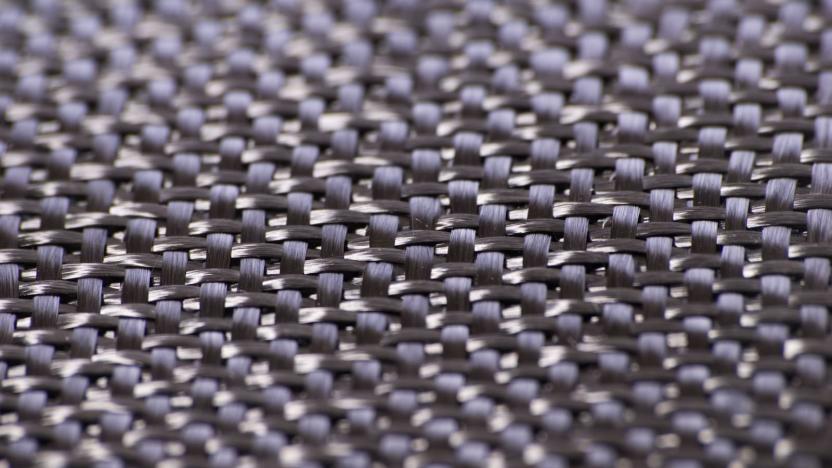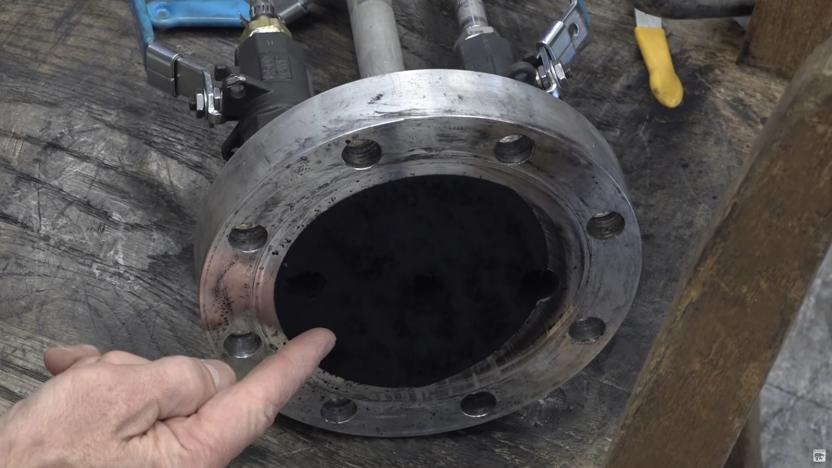hydrocarbon
Latest

Chaos leads to stronger carbon fiber
Carbon fiber is widely used in aircraft and performance cars thanks to its light-yet-strong nature, but it's still a fuzzy science. What's the ideal baking temperature, and the resulting degree of chaos in carbon atoms, that you need to make the sturdiest material? MIT might finally have an answer. Its researchers have discovered a link between the random order of carbon atoms in a baked resin and its consequent density and strength. And by doing so, they've found an ideal baking temperature that makes the carbon as random (and thus as light and strong) as possible.

Explosions may be the answer to mass-producing graphene
Graphene is difficult and expensive to mass produce, but while trying to make something else altogether, Kansas State University (KSU) scientists may have lucked into a promising technique. The team was attempting to make carbon soot aerosol gels by detonating acetylene gas and oxygen with a spark plug. That yielded soot resembling "black angel food cake," according to lead researcher Chris Sorensen. It proved to be graphene, a discovery that could pave the way for cheaper manufacturing of lightweight but incredibly strong materials, superconductors, and more.

EnerAge plans to power your laptop with a hydrocarbon fuel cell
If all goes well for fuel cell designer EnerAge, you may soon be able to fill up your laptop at the same time that you fill up your car's gas tank. CNET is reporting that by early 2007, the Los Angeles-area company claims that it will demo a 25-watt fuel cell that will keep your laptop juiced. While we've already seen a few fuel cell hopefuls, this new one is potentially among the most innovative. EnerAge's fuel cell allegedly will burn any hydrocarbon fuel, including methane, butane, methanol or ethanol -- so it would seem that burning diesel or gasoline is within the realm of possibility as well. While there have been countless previous attempts at fuel cells, EnerAge's design is a "direct oxidation fuel cell," which CNET explains as such: "It mixes air with a hydrocarbon. When the materials come in contact with the membrane, electrons are released. The reaction also results in byproducts like water and CO2." However, there still remains a huge engineering puzzle to get around, which is that the fuel cell itself can reach temperatures of as high as 600 degrees Celsius (that's 1,112 degrees Fahrenheit). Yikes. And let's not forget the carbon dioxide factor -- exactly what we're trying to get rid of from automobile and coal emissions (to name a couple). As you can imagine, we're skeptical at best, but any solution that might enable increasingly plugless computing is worthy of a second glance by us.

